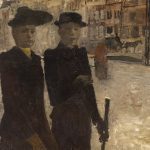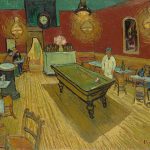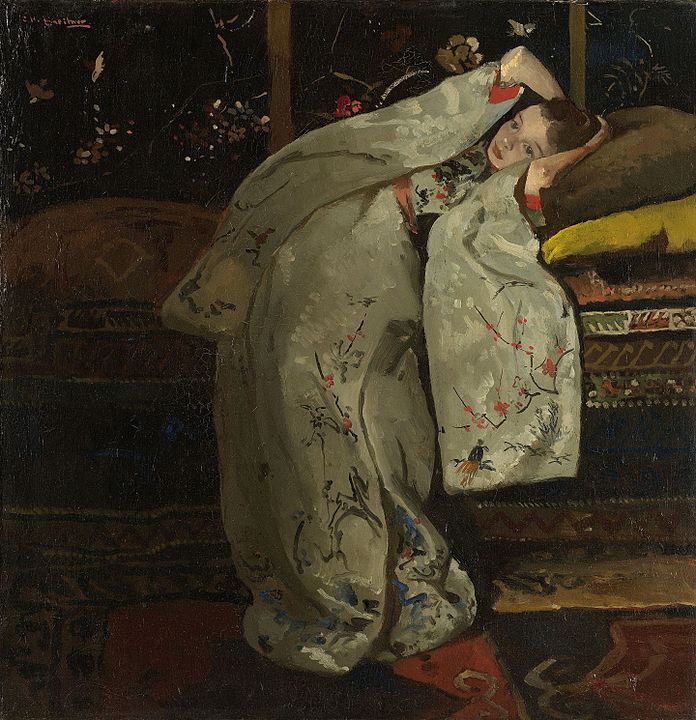
George Hendrik Breitner, born on September 12, 1857, in Rotterdam, Netherlands, emerged as a prominent Dutch painter and photographer, making significant contributions to the artistic landscape of the late 19th and early 20th centuries. His life and work navigated the dynamic intersections of art, society, and technology, leaving an indelible mark on Dutch art history.
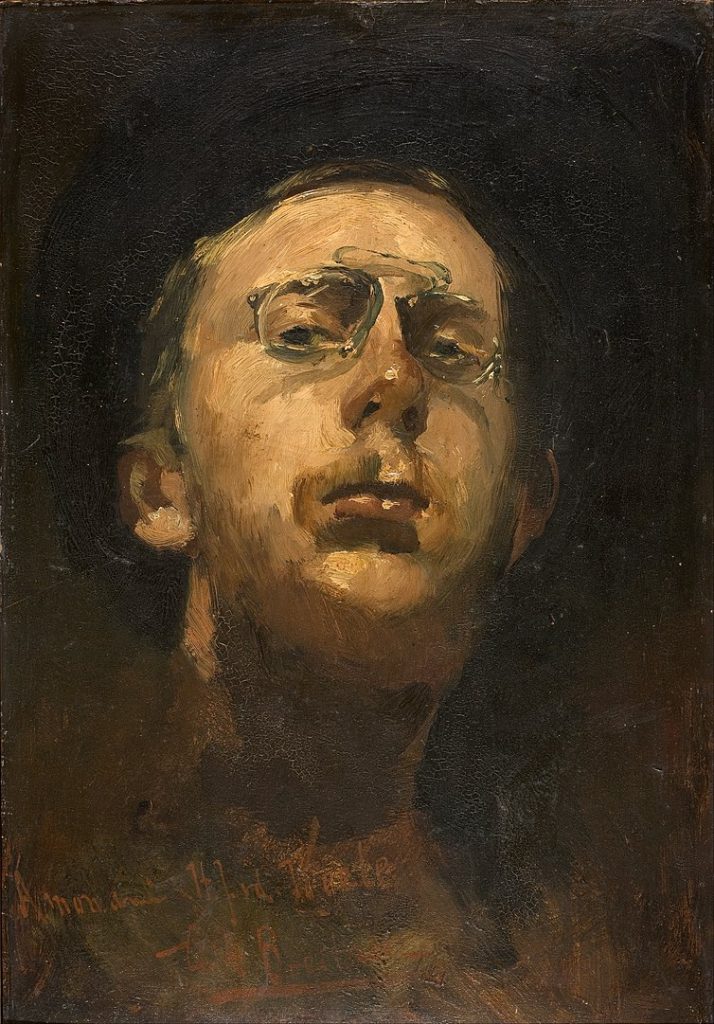
Breitner’s early life was marked by a passion for art and an innate curiosity about the world around him. Growing up in Rotterdam, he demonstrated an early talent for drawing, catching the attention of his family and teachers. Recognizing his potential, Breitner’s parents supported his artistic pursuits, leading him to enroll at the Royal Academy of Fine Arts in The Hague in 1876.
Under the guidance of the renowned painter Willem Maris, Breitner honed his skills in landscape painting. However, his restless spirit and desire for artistic exploration led him to Amsterdam in 1880, where he became captivated by the bustling urban life and diverse characters populating the city streets.

Breitner’s move to Amsterdam marked a pivotal moment in his artistic journey. Inspired by the vibrant energy of the city, he began to shift towards a more urban and socially engaged subject matter. It was during this period that he encountered the works of the French Impressionists, particularly Édouard Manet and Edgar Degas, whose innovative approaches to capturing modern life left an enduring impact on Breitner.
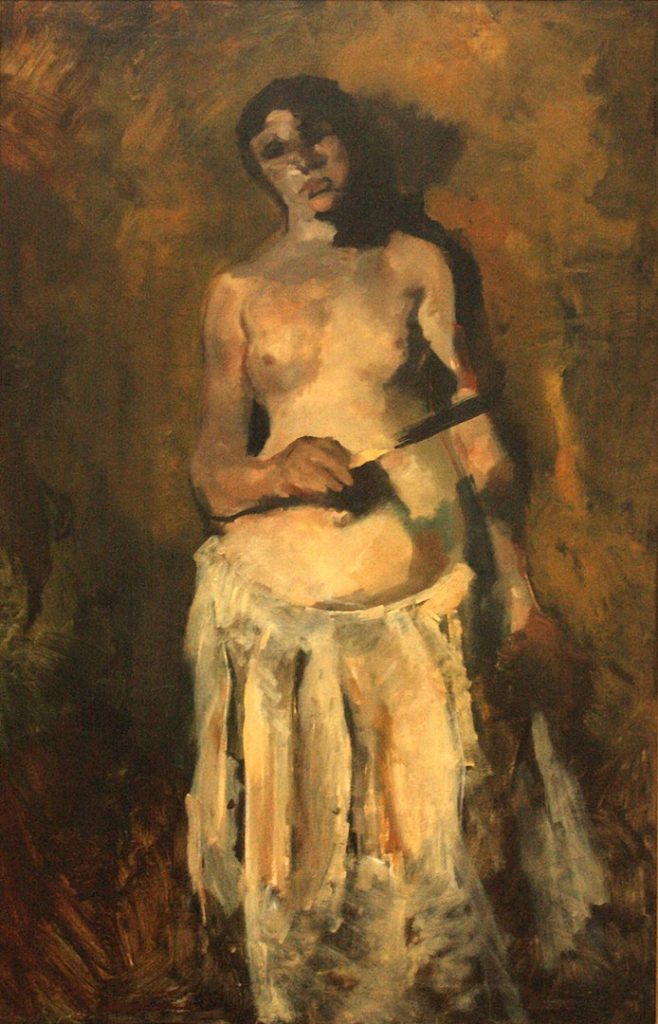
His interest in everyday scenes, street life, and the effects of light became more pronounced. Breitner’s fascination with the changing dynamics of the cityscape prompted him to explore various techniques, incorporating elements of Impressionism into his work while maintaining a distinctive style that reflected his Dutch roots.
One of Breitner’s most notable contributions to Dutch art is his series of paintings depicting Amsterdam streets. These works, including “The Dam in Amsterdam” and “The Singel Bridge at the Paleisstraat,” captured the city’s evolving urban environment with a keen eye for detail and atmosphere. Breitner’s ability to convey the essence of daily life, the play of light on wet cobblestones, and the movement of people and carriages marked him as a pioneer in Dutch Impressionism.
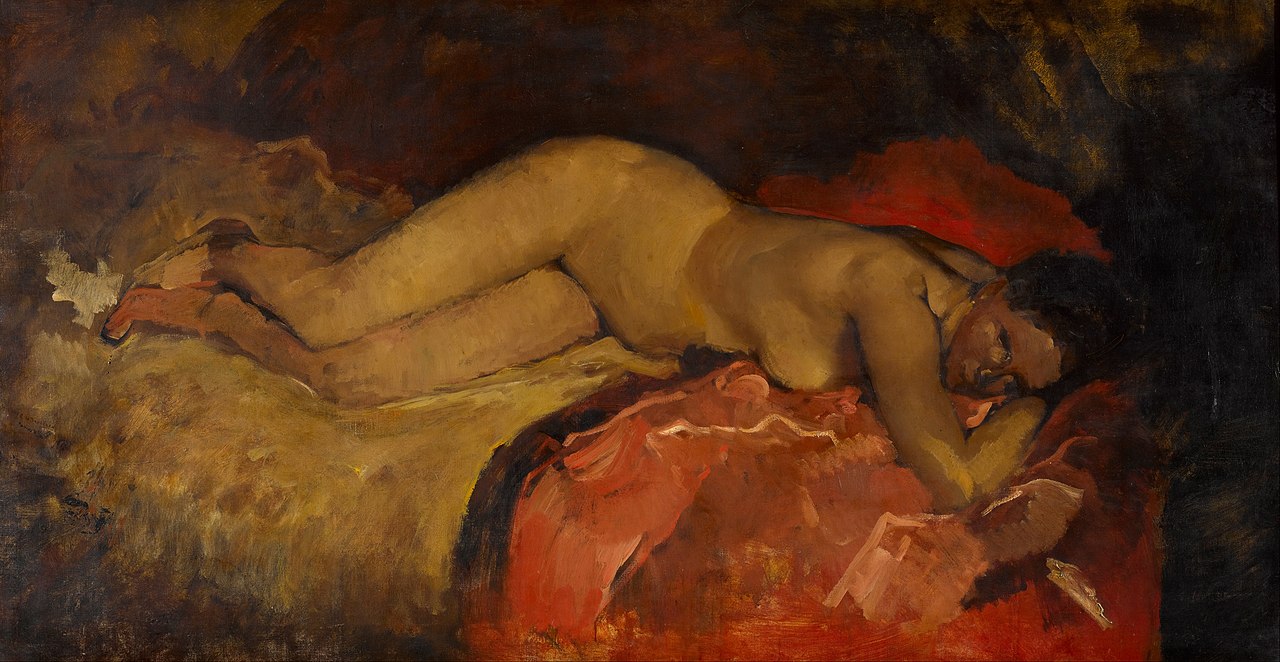
Despite his successes, Breitner faced controversies during his career. A notable incident involved his refusal to return the prestigious Militaire Willemsorde decoration he received from the Dutch government. This refusal led to his exclusion from prestigious exhibitions, highlighting the artist’s independent and sometimes defiant nature.
In addition to his cityscapes, Breitner delved into social realism, portraying the lives of the working class. “The Construction Site” and “The Worker” exemplify his commitment to depicting the dignity of labor and the challenges faced by those on the margins of society. This exploration of social themes aligns Breitner with the broader European movement towards realism and a sincere portrayal of contemporary life.
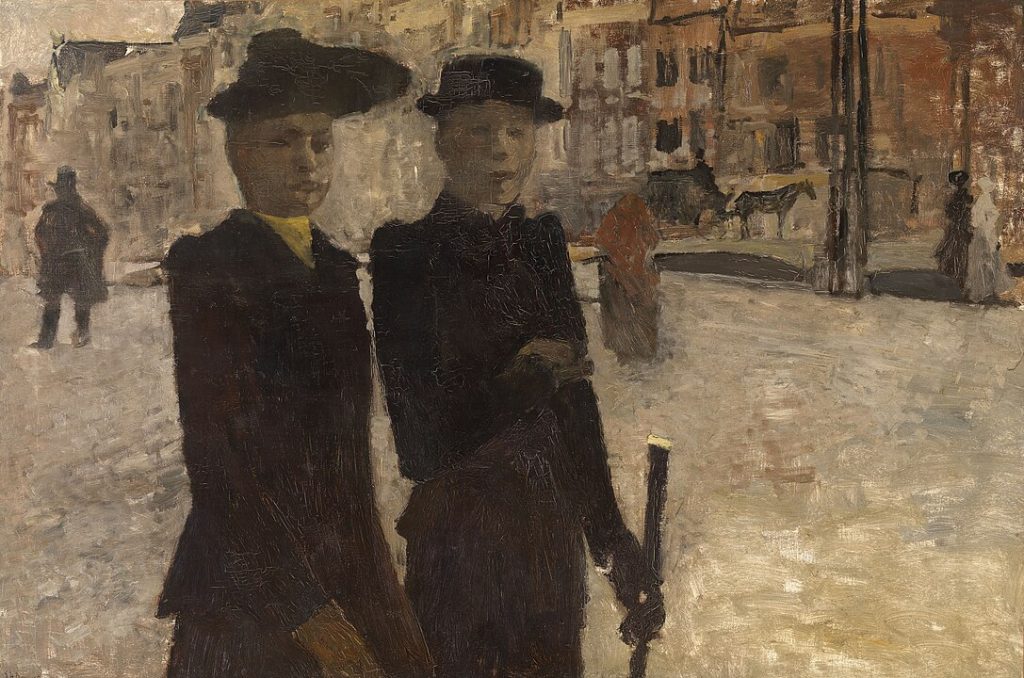
Parallel to his painting career, Breitner was an avid photographer, embracing the emerging medium as a tool for artistic exploration. His photographs often served as studies for his paintings, providing insights into his creative process and the intersection of photography and painting in the late 19th century.
As Breitner matured as an artist, his interests diversified. He delved into portraiture, capturing the essence of Dutch personalities, including a poignant portrayal of the poet Willem Kloos. Despite facing financial struggles, Breitner’s commitment to his artistic vision remained steadfast.
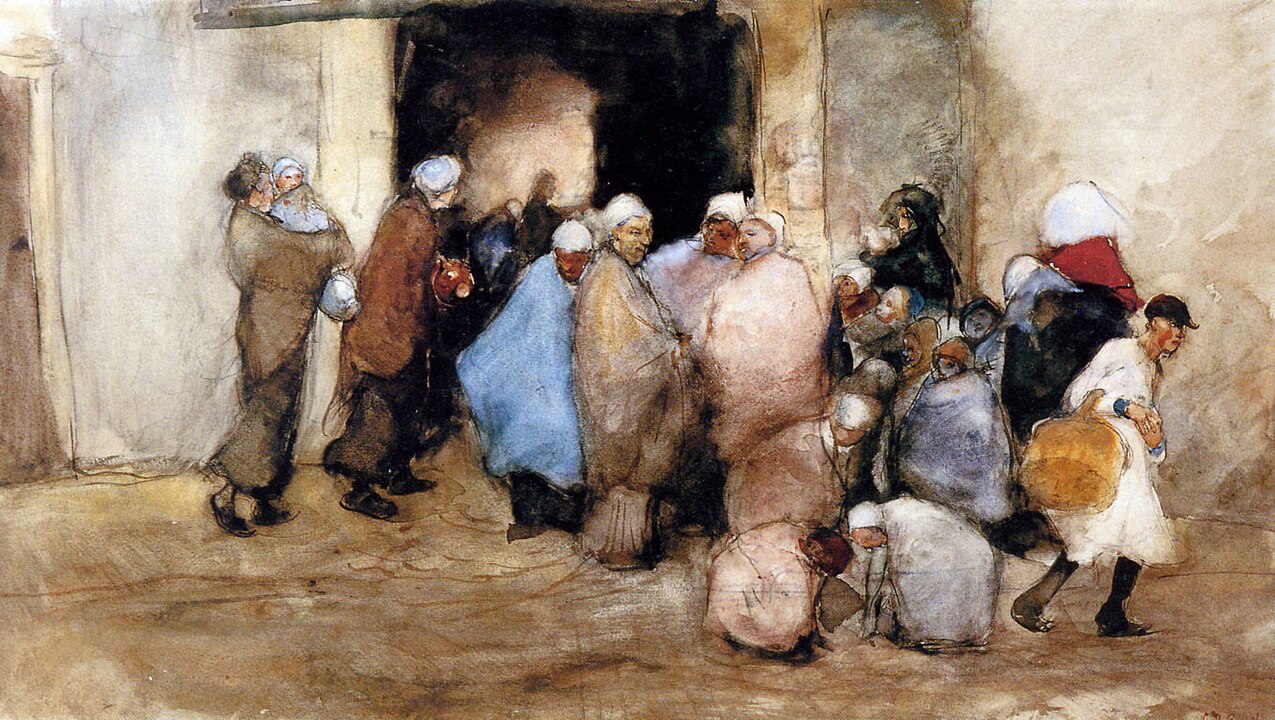
George Hendrik Breitner passed away on June 5, 1923, leaving behind a legacy that continues to resonate in Dutch art. His ability to seamlessly blend traditional Dutch themes with innovative techniques, capturing the vitality of urban life and the dignity of ordinary people, solidifies his place as a pivotal figure in Dutch Impressionism. Today, Breitner’s works are celebrated for their timeless appeal and the enduring narrative they provide of Amsterdam during a period of rapid social and artistic transformation.


